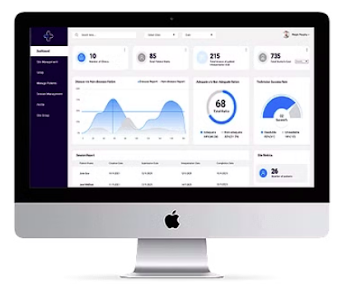Integrated Digital System in Healthcare Payment Systems

The idea that healthcare payment schemes shouldn't be universally applicable is a well-known one. Every business that provides healthcare has unique requirements, policies, divisions, and procedures. Such healthcare organizations must have healthcare payment systems that meet their unique requirements and provide a payment management workflow that is optimized. Healthcare companies, whether they are hospitals or small clinics, may operate more efficiently by providing better patient care and receiving payment more quickly when they use seamless health payment systems. The foundation of a healthcare facility's revenue cycle management operations is any streamlined healthcare payment system. Constructing payment mechanisms for healthcare services for specialist practices as well as numerous provider organizations. One of the difficulties even the best medical billing systems have is specialty billing. specialized payment requirements with extremely customized health payment sche...





